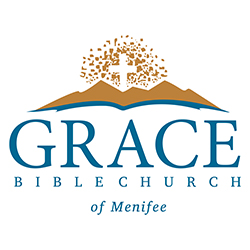Christians long to have genuine evangelistic and disciple-making relationships with others. But our desires often seem greater than our opportunities, and so we share this common frustration: “How do we really connect with others?!” One key connecting point for such relationships is the brokenness of this world. Imagine a Christian and a non-Christian neighbor or coworker: what do they share in common? Both live in the midst of a broken world and deal with a life full of problems. That common struggle is a connecting point for evangelism.
Imagine two Christians sitting near each other at church on a Sunday morning: they may have different backgrounds, life situations, and personal standards, but they share a common struggle with life in a broken world. Churches sometimes have a reputation as places where everyone acts as if everything is “okay.” That may partly be a stereotype, but it also reflects the reality that the church is full of hurting people, and sometimes no one knows about it.
The church is full of hurting people; the world is full of hurting people; and the Bible is written to hurting people! And so the Restore Study Guide was written as a tool to strengthen believers and then engage them in personal ministry with other hurting people, both inside and outside of the church.
The Restore Study especially focuses on the messages of the Old Testament prophets. Their own lives were full of hurts and sorrows, and they spoke to Israel during many times of deep darkness and struggle. Their messages included some of the most raw and brutally honest sections of the Bible. But through them God also communicated the hope of His character, His love for His people, and His promises. The words of the prophets are powerful words of hope, written “for our instruction, so that through perseverance and the encouragement of the Scriptures we might have hope.” (Romans 15:4)
So what exactly is the Restore Study Guide? It’s a 10-week, 200-page Bible study book designed for small groups, one-on-one discipleship, or even individual use. It’s a tool for evangelistic Bible studies, church counseling and discipleship, and Christians encouraging one another. It’s also a tool to help equip Christians for ministry to other hurting people.




